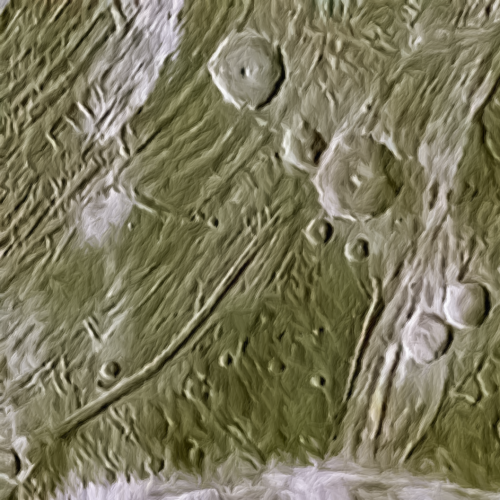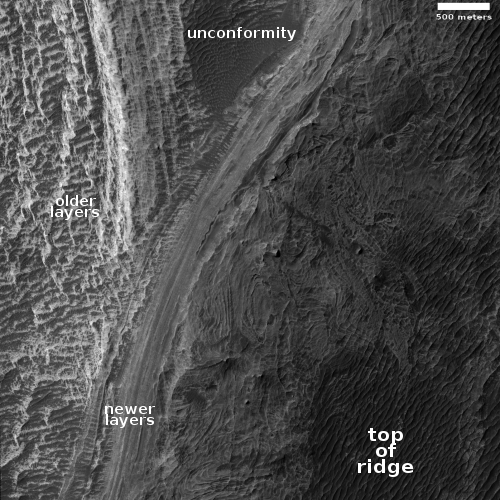Winner of Blue Origin auction for suborbital flight will not fly on July 20th
Capitalism in space: Blue Origin today announced that the $28 million winner of the auction to buy a seat on the first commercial flight of its suborbital spacecraft New Shepard on July 20th will not be on board, and will instead be replaced by an 18-year-old.
Blue Origin announced Thursday that instead of a $28 million auction winner launching with founder Jeff Bezos on Tuesday, Dutch runner-up Oliver Daemen will be on board. The company said he’ll be the first paying customer, but did not disclose the price of his ticket. …According to Blue Origin, Daemen took a year off after graduating from high school last year to obtain his private pilot’s license. He’ll attend the University of Utrecht in the Netherlands in September. His father is Joes Daemen, founder and CEO of Somerset Capital Partners, a private equity firm in Oisterwijk, Netherlands. Both father and son are already in the U.S. preparing for the launch, according to a company representative.
…Blue Origin said the yet-to-be-identified winner of the charity auction is stepping aside because of a scheduling conflict and will catch a future flight. Daemen was going to be on the second launch for paying customers.
The company has yet to open ticket sales or disclose its prices to the public. That’s expected following Bezos’ flight.
There are some puzzles here. Did Daemen bid during the auction? Was his bid second? If not, why has he been pushed to the head of the line, even before Blue Origin has opened ticket sales or announced its prices?
Moreover, much of this does seem to be hype and pr, rather than real achievement. More important would be an announcement saying that the BE-4 engine is finally ready, making possible orbital flights on New Glenn and ULA’s Vulcan rocket.
Nonetheless, it is nice that Bezos is taking this teenager into space, as is his decision to also give a seat to 82-year-old Wally Funk, one of the women who applied to fly during the Mercury program in the 1960s but was rejected.
Capitalism in space: Blue Origin today announced that the $28 million winner of the auction to buy a seat on the first commercial flight of its suborbital spacecraft New Shepard on July 20th will not be on board, and will instead be replaced by an 18-year-old.
Blue Origin announced Thursday that instead of a $28 million auction winner launching with founder Jeff Bezos on Tuesday, Dutch runner-up Oliver Daemen will be on board. The company said he’ll be the first paying customer, but did not disclose the price of his ticket. …According to Blue Origin, Daemen took a year off after graduating from high school last year to obtain his private pilot’s license. He’ll attend the University of Utrecht in the Netherlands in September. His father is Joes Daemen, founder and CEO of Somerset Capital Partners, a private equity firm in Oisterwijk, Netherlands. Both father and son are already in the U.S. preparing for the launch, according to a company representative.
…Blue Origin said the yet-to-be-identified winner of the charity auction is stepping aside because of a scheduling conflict and will catch a future flight. Daemen was going to be on the second launch for paying customers.
The company has yet to open ticket sales or disclose its prices to the public. That’s expected following Bezos’ flight.
There are some puzzles here. Did Daemen bid during the auction? Was his bid second? If not, why has he been pushed to the head of the line, even before Blue Origin has opened ticket sales or announced its prices?
Moreover, much of this does seem to be hype and pr, rather than real achievement. More important would be an announcement saying that the BE-4 engine is finally ready, making possible orbital flights on New Glenn and ULA’s Vulcan rocket.
Nonetheless, it is nice that Bezos is taking this teenager into space, as is his decision to also give a seat to 82-year-old Wally Funk, one of the women who applied to fly during the Mercury program in the 1960s but was rejected.







